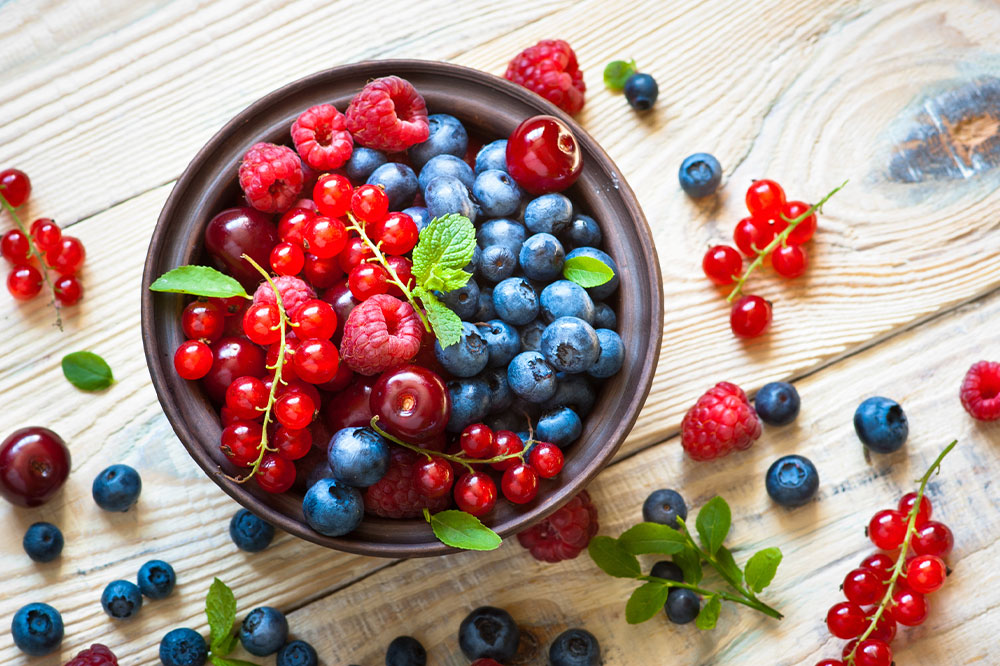6 foods to avoid when dealing with EoE

Eosinophilic esophagitis is an allergic response in the esophagus. It can develop as a response to certain foods, and in some people with the condition, even the smell of such foods can trigger the symptoms. So, a comprehensive treatment plan for eosinophilic esophagitis involves identifying foods that trigger a reaction and removing them from daily meals. This can help control the symptoms and improve the quality of life when dealing with the condition.
What is EoE?
EoE, or eosinophilic esophagitis, is a chronic inflammatory condition. Here the immune system senses an invader, making the body produce plenty of white blood cells to protect the esophagus. However, the accumulation of these cells in the esophagus causes inflammation, making it difficult to swallow the food. The condition is difficult to diagnose as it shares symptoms with other conditions like GERD and acid reflux.
What is an elimination meal plan?
Healthcare professionals suggest that people with EoE should remove potential triggers from their food plan for at least 8 weeks and reintroduce them individually to determine harmful foods. A few weeks later, the doctors may perform an endoscopy to examine the esophagus and analyze whether the condition has improved. One can control inflammation and other EoE symptoms by following an elimination meal plan. At the same time, one must ensure they receive the proper nutrition from the food they have.
Foods to avoid
EoE symptoms are usually not severe and can be effectively managed by modifying the meal plan. But, it is important to consult a doctor and eliminate certain foods as part of a trial-and-error process to identify the triggers. Here are the top 6 foods that can worsen EoE symptoms:
Dairy products
One should limit or avoid dairy products as part of their elimination food plan, as these foods contain proteins that are known to trigger intolerances or allergic reactions. This is not limited to cow milk; one should also skip butter, cheese, yogurt, and cream. So, any foods containing milk or dairy ingredients like lactose, whey, and casein should be eliminated.
Alternatives: One can opt for almond, coconut, hemp, oat, pea, and rice milk, as most of them are high in proteins. However, one should avoid dairy substitutes that contain high amounts of sugar and other additives.
Eggs
Eggs can also trigger the symptoms of eosinophilic esophagitis. So, it is important to steer clear of eggs and foods containing them, including mayonnaise and meringue. One should always check the ingredients before buying baked goods and puddings, as most such foods contain eggs. It is also important to look for foods with albumin, lysozyme, and other egg proteins.
Alternatives: For baking, one can use gluten-free flour. Similarly, if the recipe has eggs, one can use items like applesauce to combine the mixture.
Soy
When dealing with EoE, one should avoid soy and soy-based foods, like soy sauce, miso, and tofu. It is essential to practice caution when eating plant-based foods like veg burgers and other products with textured plant-based protein as it may contain soy, which can trigger an allergic reaction.
Alternatives: One can get a gluten-free soy sauce alternative—tamari, which does not contain a high amount of sodium. One can also choose liquid or coconut amino, prepared from coconut tree sap.
Wheat
When following an elimination meal plan, one should avoid foods containing wheat, including pasta, pizza, bread, and crackers. Instead, one can choose gluten-free alternatives prepared from plain rice, potato, or tapioca. Before purchasing a food product, one should check the label for wheat-related ingredients like durum, semolina, kaput, or triticale.
Alternatives: Carbs are the body’s primary fuel, and wheat is an excellent source of this nutrient. So, when skipping wheat, one should opt for other whole-grain foods like oats, corn, rice, and quinoa.
Nuts
While seeds are generally safe for those dealing with eosinophilic esophagitis, nuts are considered off-limits when trying to identify the trigger. In addition to peanuts or tree nuts, one should avoid foods containing nut milk, nut extracts, and peanut oil.
Alternatives: If one experiences an allergic reaction to nuts, they can opt for seeds and seed oils. Olives, pumpkin seeds, sunflower seeds, and avocados are great alternatives that are packed with nutrients and unsaturated fats.
Fish
When trying to avoid an allergic reaction, one should avoid seafood, like includes shellfish, shrimp, crab, crayfish, lobster, scallops, mussels, and oysters.
Alternatives: One can opt for plant-based protein-rich foods like sunflower seeds and avocado oil to get protein and other essential nutrients.
Tips
While following an elimination meal plan, one should also make healthy changes to get the required nutrients and relieve symptoms. Here are some tips to follow:
Increase fiber intake: Healthy whole grains and green vegetables can help one feel full for a long time. One should eat these foods slowly and chew them well so they will not be tempted to overeat. As they are alkaline foods, they will also not induce acid reflux.
Choose water-rich foods: One should have water-rich fruits and vegetables like watermelon and cucumber to weaken the gastric acid in the stomach. It will help in lowering inflammation.
Adopt healthy eating habits: One should have the last meal of the day at least three hours before bedtime to make it easier for the food to travel in the esophagus and aid digestion. One can also have healthier food like avocado or banana if they want a bedtime snack.
While it might take a while to let go of favorite foods, avoiding triggers can help one feel better when dealing with EoE. One should consult a doctor to get a suitable treatment plan and nutritional regimen. With the right elimination plan, one can identify and avoid triggers and prevent a flare-up.


